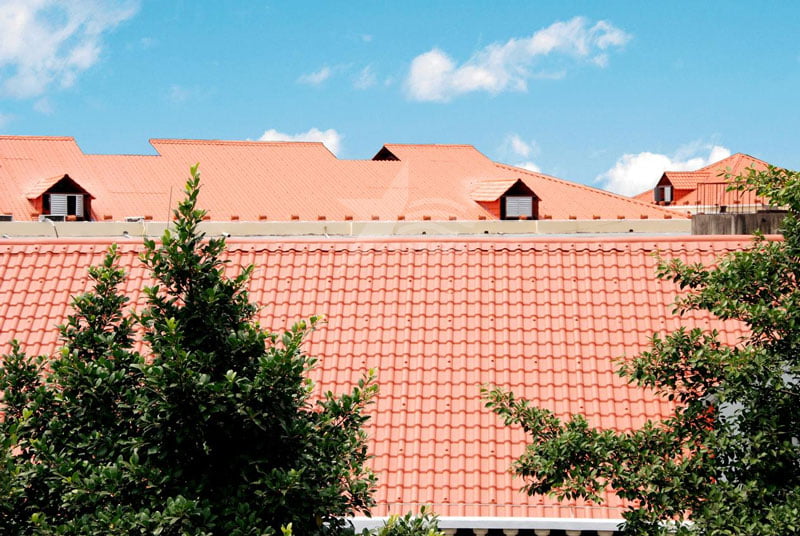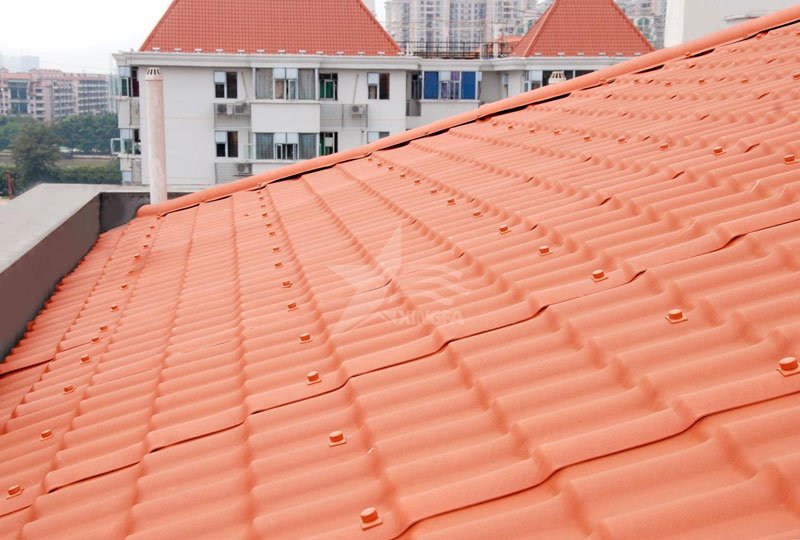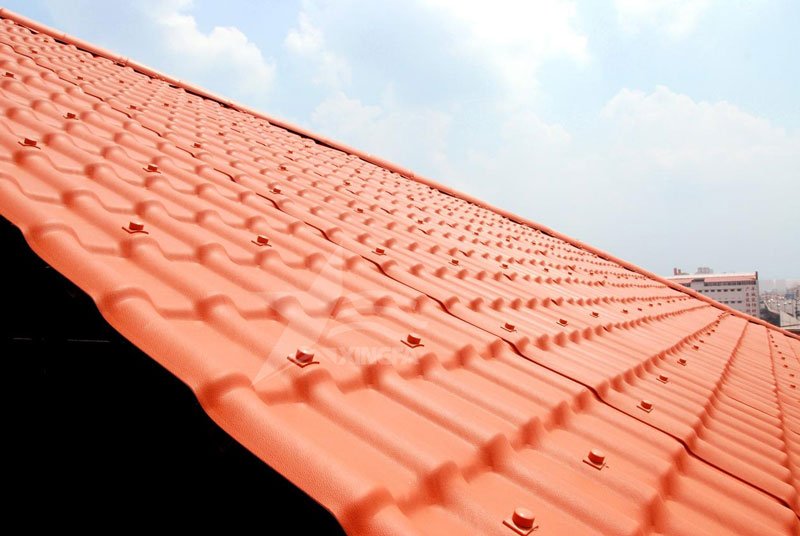In recent years, resin tiles have rapidly spread to every corner of towns and villages, gradually becoming a part of everyone’s life. Whether it is in self-built houses in rural areas, tourist attractions, or in cities, resin tiles can be seen everywhere. However, recently, many internet users have raised concerns, saying, “The resin tiles I bought have cracked and faded. Why is this happening?” Today, let’s reveal the answer together!

In the first two issues, we shared that resin tiles are made from high-weather-resistant engineering resin ASA material. ASA is a ternary polymer composed of acrylonitrile, styrene, and acrylic rubber. It has excellent corrosion resistance, fade resistance, and explosion resistance, which allows synthetic resin tiles to maintain their color stability and original performance even when exposed to harsh weather conditions such as high temperatures, strong ultraviolet rays, and cold temperatures. This layer of material determines whether the resin tiles will fade and whether they are corrosion-resistant and durable.

Although it is normal for resin tiles to fade, some businesses try to save costs by tampering with this layer of material and using other materials such as ABS instead of ASA. Some also make the thickness thinner. These types of resin tiles will fade after a few months or a year, affecting their appearance. High-quality synthetic resin tiles can achieve a color deviation of ≤5% within 5 years and a color deviation of ≤15% within 10 years, maintaining the flatness of the roof and avoiding mottling, without affecting the quality of use.

In conclusion, when choosing resin tiles, everyone must be cautious and not sacrifice long-term benefits for low prices. It is important to choose a trustworthy resin tile manufacturer.

